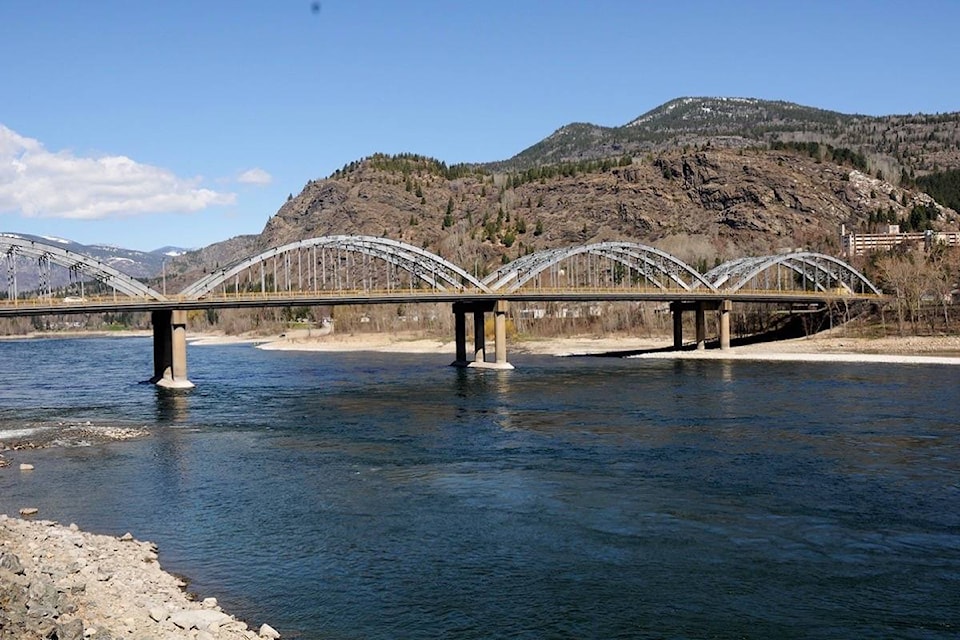Water levels in the Columbia River are expected to remain below normal for at least another week.
“The low river flows you are seeing are primarily due to a delayed freshet,” explained Megan Chadwick, communications advisor from BC Hydro in Castlegar. “We had a relatively colder than normal spring this year and until temperatures warm up, we will not see any significant increase in inflows from snowmelt.”
During the spring freshet, wet weather and snow melt increases the natural inflow of water into our reservoirs and river system, she added.
“Forecast for this week calls for return to normal temperatures in the Columbia region. As such, we should see some snowmelt and gradual increase in inflows going forward, but overall water levels are expected to remain below normal through next week.”
Much of the region’s summer and winter generating potential depends on precipitation and snowpack levels.
According to BC Hydro’s spring operations summary, due to above normal precipitation in the fall and winter of 2017, the runoff for the Columbia basin (Canada and U.S. combined) between April and September 2018 is currently forecast to be 113 per cent of normal.
For the Canadian portion of the Columbia basin, the forecast runoff is 116 per cent of normal. Many variables affect the ability to predict with certainty a long term forecast including: weather, runoff volumes and patterns, system electricity demands, and Columbia River Treaty (Treaty) discharge requirements.
Water stored and then released by the Canadian reservoirs provides the U.S. with the potential to generate additional electricity, as well as to increase flood protection. Under the terms of the Treaty, Canada receives a one-half share of the extra power generation potential in the U.S. This is called the Canadian Entitlement to Downstream Benefits and is owned by the Province of British Columbia.
The Canadian Entitlement varies from year to year, but is currently about 4,161 gigawatt hours (GWh) per year of energy and 1,304 megawatts (MW) of capacity for the period between August 1, 2017 and July 31, 2018.
